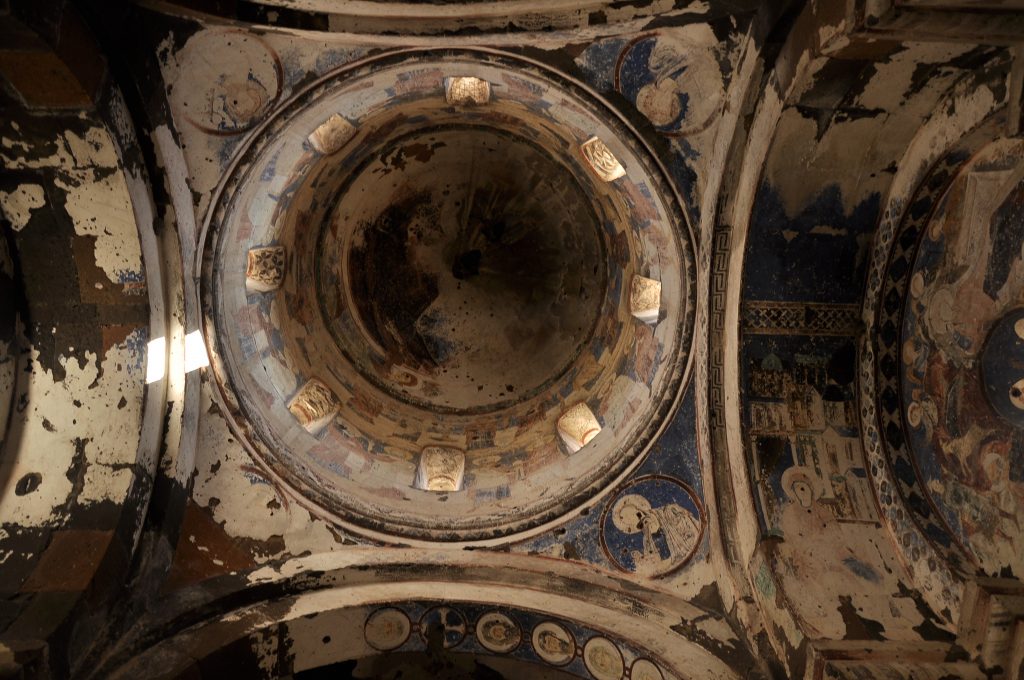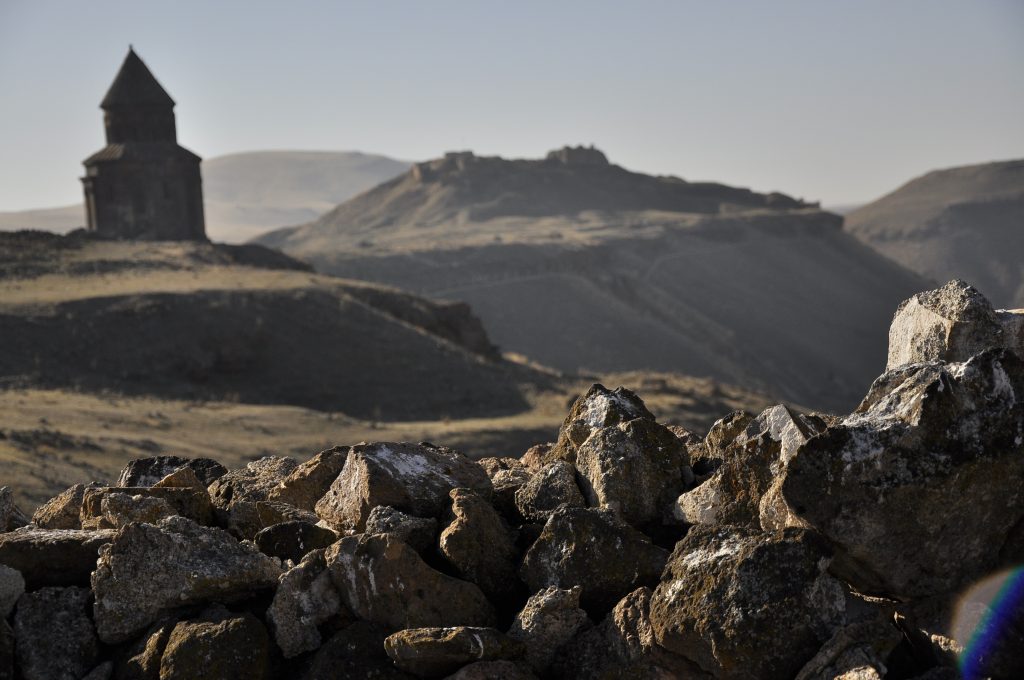ISTANBUL, Turkey (A.W.)—The United Nations Educational, Scientific, and Cultural Organization (UNESCO) World Heritage Committee inscribed five new sites on its World Heritage List—including the historic archaeological site of Ani—during its 40th session taking place in Istanbul July 10-20.
According to a press statement released by the committee on July 15, the other newly inscribed sites are in Greece (archaeological site of Philippi), Spain (Antequera Dolmens site), the United Kingdom (Gorham’s Cave Complex), and a transboundary property, located in Croatia, Montenegro, Serbia, and Bosnia and Herzegovina (Stećci medieval tombstones graveyards).
The press statement lists the historic archaeological site of Ani as a “medieval city [which] combines residential, religious, and military structures, characteristic of a medieval urbanism built up over the centuries by Christian and then Muslim dynasties.”
In its description, the World Heritage Committee states that Ani flourished in the 10th and 11th centuries CE, when it became the capital of the medieval Armenian Kingdom of the Bagratides and “profited from control of one branch of the Silk Road.” It also cites the Mongol invasion and the devastating earthquake of 1319 as the “beginning of the city’s decline.”
“Preserving the Medieval City of Ani: Cultural Heritage between Contest and Reconciliation,” an article by Dr. Heghnar Zeitlian Watenpaugh, was published in late 2014 in the highly competitive international “Journal of the Society of Architectural Historians.” Watenpaugh is a co-chair of the Department of Art and Art History at the University of California, Davis (UCD), where she specializes in urban and architectural art history in Islamic societies. The article, in Watenpaugh’s words, “…provides a comprehensive history of archaeology, preservation, and heritage management at Ani. It examines the current preservation campaign that is unfolding at Ani and places it in the broader context of cultural heritage preservation in Turkey, and of the challenges posed by Armenian cultural heritage sites in particular.”

Detail, central dome and frescoes, Church of Saint Gregory of Tigran Honents, Ani (Photo: Rupen Janbazian)
In a January 2015, Watenpaugh explained that the addition of Ani to the UNESCO World Heritage List would secure significant benefits in protection, research expertise, and funding.
Founded in 1945, UNESCO is a specialized agency of the United Nations (UN), whose purpose is to contribute to peace and security by promoting international collaboration through educational, scientific, and cultural reforms in order to increase universal respect for justice, the rule of law, and human rights along with fundamental freedom proclaimed in the UN Charter.
Source: Armenian Weekly
Link: Ani Included on UNESCO World Heritage List

